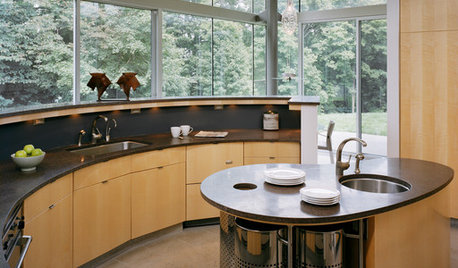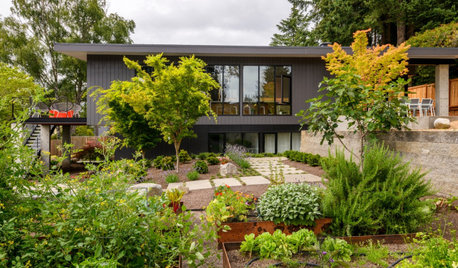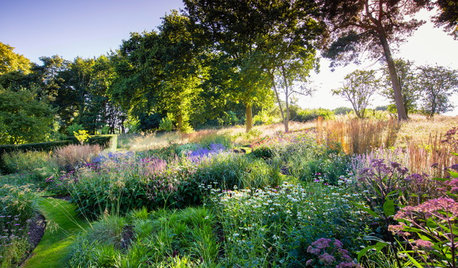Soil amendment options in Reno
korerko
17 years ago
Featured Answer
Sort by:Oldest
Comments (6)
ljrmiller
17 years agolast modified: 9 years agoRelated Professionals
Canton Landscape Architects & Landscape Designers · Allentown Landscape Architects & Landscape Designers · Danbury Landscape Architects & Landscape Designers · Accokeek Landscape Architects & Landscape Designers · Edmond Landscape Contractors · Fort Payne Landscape Contractors · Paso Robles Landscape Contractors · San Rafael Landscape Contractors · Whittier Landscape Contractors · Georgetown Roofing & Gutters · Houston Roofing & Gutters · Burlington Roofing & Gutters · Manchester Roofing & Gutters · Fort Lee Solar Energy Systems · Whitney Solar Energy SystemsChenago
9 years agolast modified: 9 years agoalbert_135 39.17°N 119.76°W 4695ft.
9 years agolast modified: 9 years agoPyewacket
9 years agolast modified: 9 years agoFull Circle Soils & Compost
8 years ago
Related Stories

GARDENING GUIDESGrow a Beautiful Garden in Alkaline Soil
Got alkaline soil? Learn how to manage it and the many beautiful plants that will thrive in this ‘sweet’ soil
Full Story
GARDENING GUIDES10 Solutions for Soggy Soil
If a too-wet garden is raining on your parade, try these water-loving plants and other ideas for handling all of that H2O
Full Story
GARDENING GUIDESHave Acidic Soil in Your Yard? Learn to Love Gardening Anyway
Look to acid-loving plants, like conifers and rhododendrons, to help your low-pH garden thrive
Full Story
GARDENING GUIDESGarden Myths to Debunk as You Dig This Fall and Rest Over Winter
Termites hate wood mulch, don’t amend soil for trees, avoid gravel in planters — and more nuggets of garden wisdom
Full Story
GARDENING GUIDESGet on a Composting Kick (Hello, Free Fertilizer!)
Quit shelling out for pricey substitutes that aren’t even as good. Here’s how to give your soil the best while lightening your trash load
Full Story
GREEN BUILDINGWhere to Hide the Kitchen Compost Bin
Enriching your soil doesn’t have to mean staring at a countertop pile of decomposing food scraps
Full Story
GARDENING GUIDES10 Ways to Make Your Garden More Productive
Maximize your garden’s growth and output by building healthy soil, expanding growing space and collecting rainwater
Full Story
KITCHEN DESIGNHouzz Quiz: Which Kitchen Backsplash Material Is Right for You?
With so many options available, see if we can help you narrow down the selection
Full Story
GARDENING GUIDESGot Allergies? 9 Plants to Avoid and What to Grow Instead
Having allergies doesn’t need to mean giving up your garden. Here are some options that will let you garden sneeze-free
Full Story
LANDSCAPE DESIGNIs It Time to Consider Fake Grass?
With more realistic-looking options than ever, synthetic turf can be a boon. Find the benefits and an installation how-to here
Full Story






jason_reno